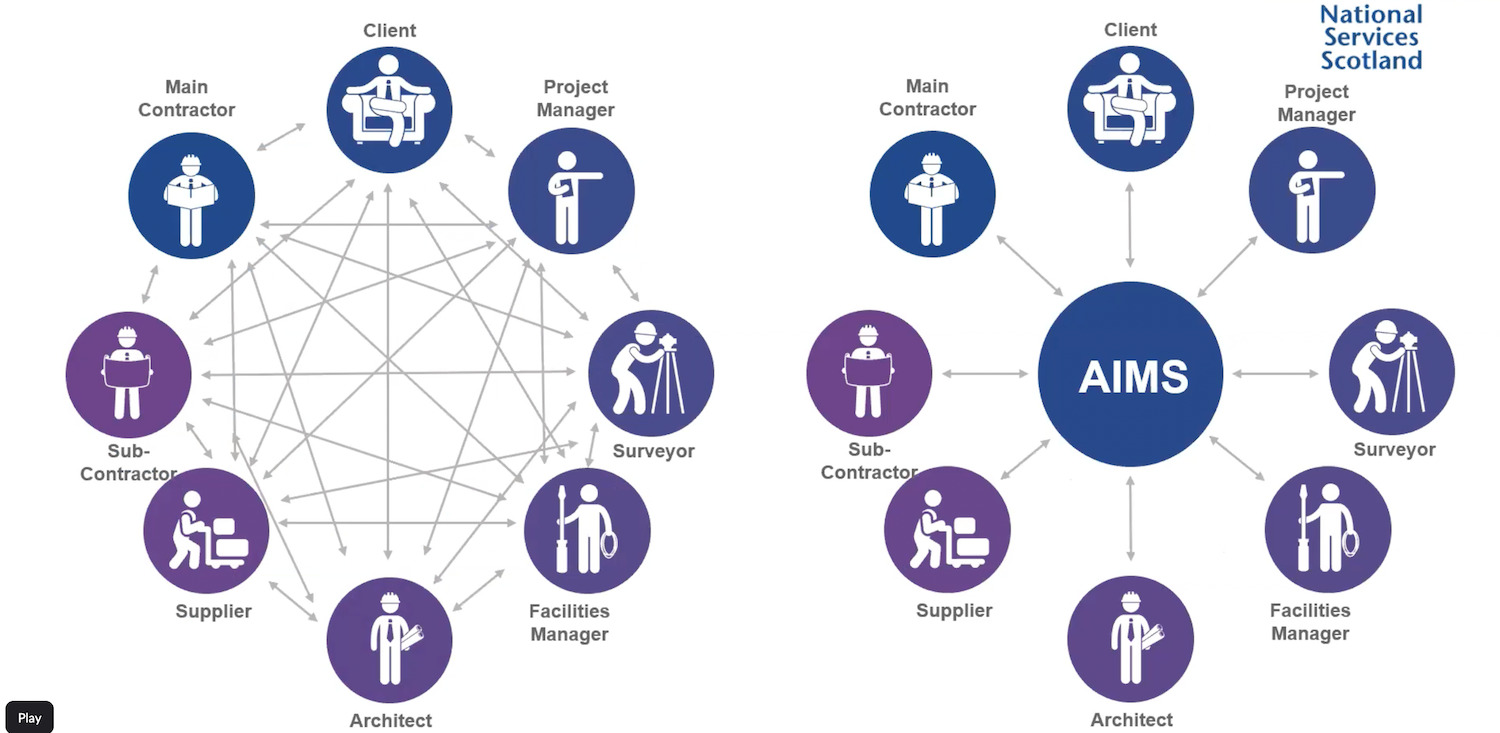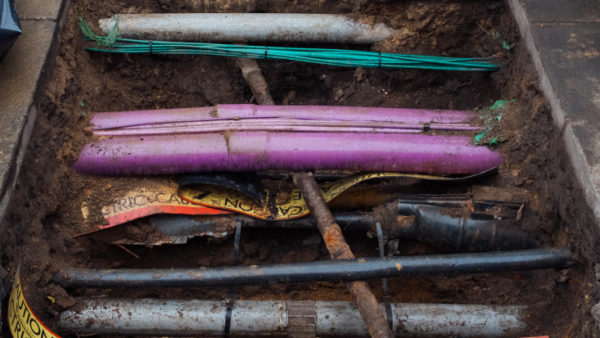
NHS Scotland’s information, asset and facilities managers are going through “huge cultural change” to ensure the successful rollout of a common data environment (CDE) developed by Bentley Systems.
Louise Gardiner, head of digital estate and asset management at NHS Scotland Assure, part of NHS National Services Scotland, delved into the detail of the rollout during the final webinar of the Digital Construction Summit.
NHS Scotland is one of the largest asset owners in the UK. It has thousands of assets and properties (from rural GP surgeries to acute hospitals) with data managed across 14 territorial health boards and eight national health boards. Internally, the CDE is called Assure Information Management System (AIMS).
Gardiner highlighted the challenge Bentley and her team face of rolling out AIMS: “Each [board] operates slightly differently, so it is like dealing with 22 different clients.
“It’s a huge cultural change, especially for those that aren’t used to using a system like this. People who aren’t used to working in capital projects, for example. It’s been one of the most difficult aspects.
“Like the information manager role, the health boards are already doing it, it’s just that they’re doing it in a different way.
“So the boards need to go away and look at what they’re doing now, how they change that and how they implement standard operating procedures to make sure everything is uploaded to AIMS. And that everybody knows that information needs to be uploaded to the system, how they access the system, how they get trained on it, etc.
"It’s a massive cultural change.”
Healthy starts
To ensure a successful roll out, Gardiner’s team is engaging the health boards “in the Pre-Healthy Start meetings and Healthy Start meetings”.
“[In Pre-Healthy Start meetings, we answer] what is AIMS? What are its benefits? How can the boards think about starting to implement it?
“The Healthy Start is a follow-up, focused on the users of the system and developing some quick wins for them.”
Gardiner continued: “We then carry out board-specific training, followed by regular newsletters. We also have a user group for the boards to share their lessons and issues and how they’ve overcome them. And we often get the team from Bentley along to highlight best practice.”
The Bentley approach
Bentley CDE senior consultant Mark Biscoe was part of the AIMS development team. In outlining Bentley’s approach, he highlighted the need to function on ouctomes rather than how the CDE should function.
“We want to think about what we are doing before we actually do it,” Biscoe said. “There are three stages to getting software in place: first, we need to understand. We need to be clear about what we’re doing, we want to be clear about benefits, and want to have a plan [to organise data].
“Once we’ve got that, we can design. We can work with the system, build on those definitions and be quite iterative.
“Then we can orchestrate how to roll the system out to users. The outcome we’re looking for is our client to be successful.”
Biscoe added: “NHS Scotland has been great at defining outcomes – what it is they want to be able to do, rather than what buttons they want to press. Outcomes over functionality, [that’s the] key to getting a good implementation.”
Don’t miss out on BIM and digital construction news: sign up to receive the BIMplus newsletter.














